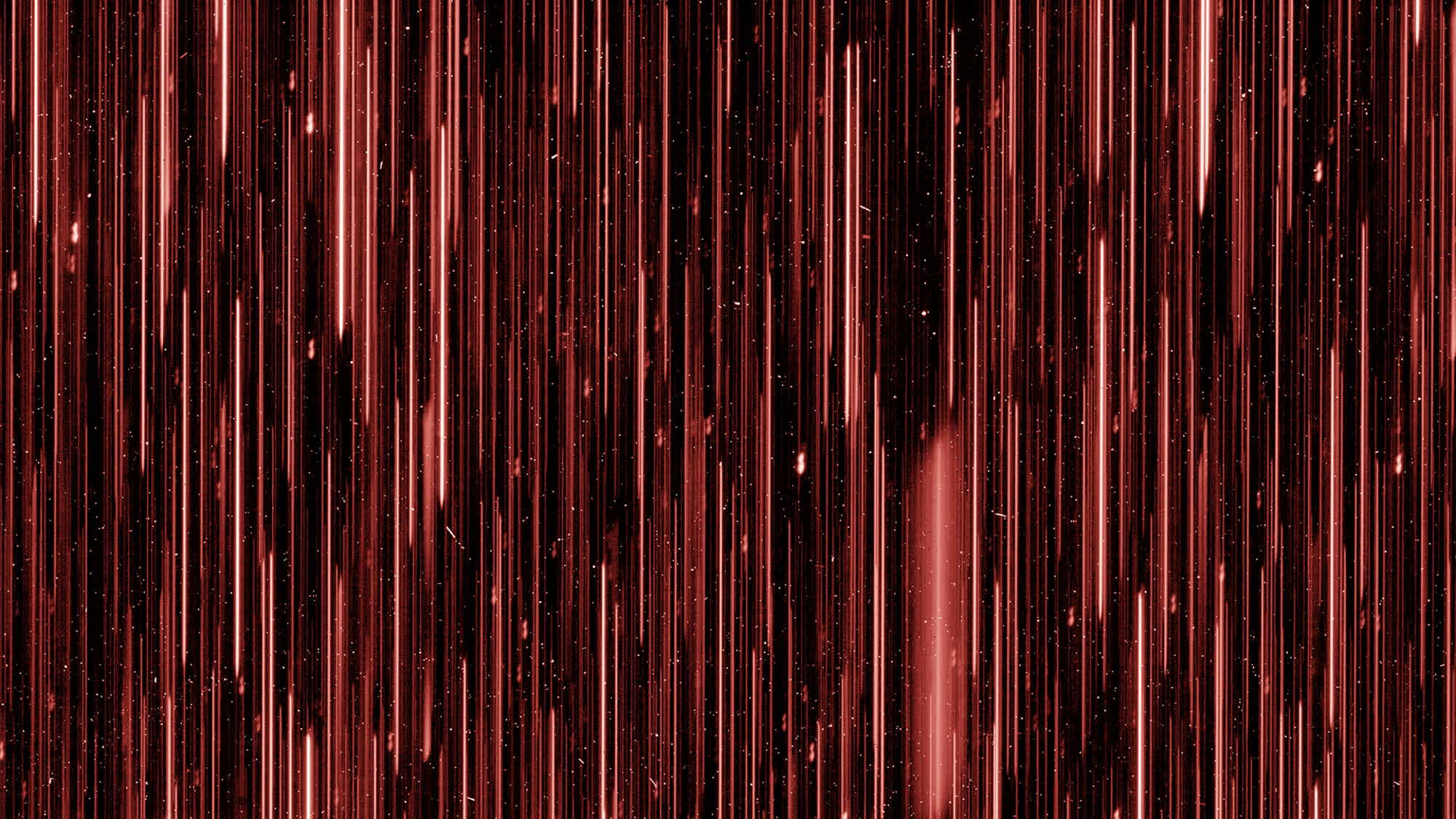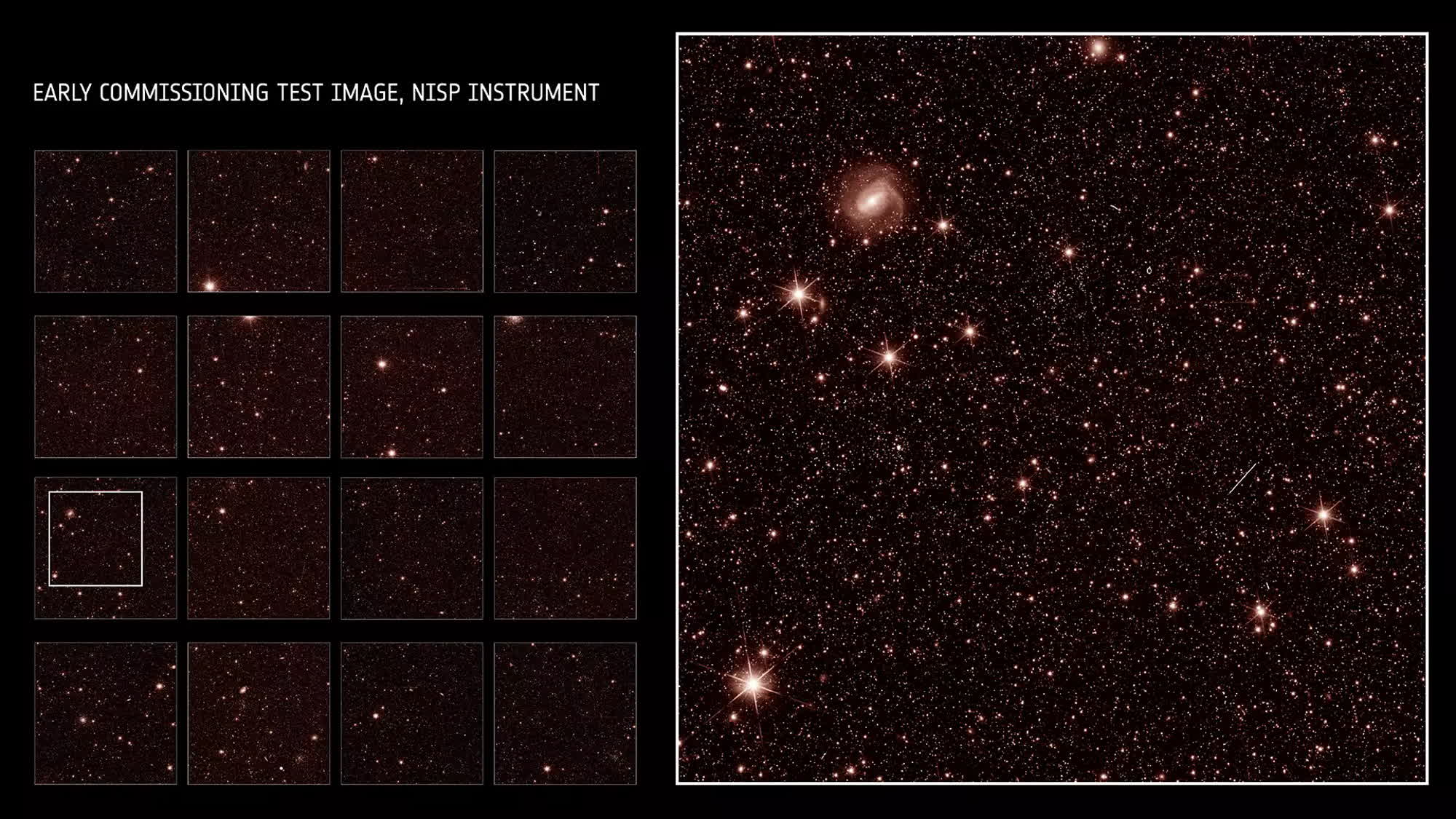Why it matters: During its journey through space towards the second Lagrange point, the Euclid telescope conducted its first test images to ensure everything was in order. Scientists are happy with the results and anticipate years of significant scientific observations ahead.

Last month, the European Space Agency and the Euclid Consortium successfully launched the Euclid mission aboard a SpaceX Falcon 9 rocket. The spacecraft carries a wide-angle space telescope equipped with a 600-megapixel visible-light camera. It is en route to its final destination at the second Lagrange point, 1.5 million kilometers from Earth. Although it has not reached its orbiting position, scientists have already commenced the month-long commissioning phase of the telescope by capturing the first test images with the two instruments onboard.
Named after the Greek mathematician and "father of geometry," Euclid is equipped with the VISible instrument (VIS) and the Near-Infrared Spectrometer and Photometer (NISP). Using VIS, the telescope can capture "super sharp" images of billions of galaxies and use the data to measure their shape. Additionally, NISP enables the imaging of galaxies in the infrared spectrum and the measurement of the light they emit at different wavelengths.
European scientists designed Euclid to shed new light on dark matter and dark energy (pun intended), the two enigmatic substances believed to constitute up to 95 percent of the universe's mass. Researchers believe that dark matter, which cannot interact with ordinary matter without cataclysmic consequences, accounts for approximately 25 percent of the universe's mass. They also estimate that the recently discovered dark energy force comprises two-thirds of the remaining matter.

The development and launch of Euclid by the European Space Agency required an investment of $1.5 billion over 11 years. The telescope features a 1.2-meter primary mirror, approximately half the size of the Hubble Space Telescope's mirror. Unlike Hubble, Euclid's objective is to map vast swaths of the sky, charting about 36 percent of the visible universe.
According to Alessandra Roy, Euclid's project manager at the German Space Agency, the first few testing steps of Euclid's commissioning phase are "progressing well," and the space telescope will soon reach its final position. After arriving at the second Lagrange point, the telescope will begin its scientific observations to hopefully "shed light on the dark side of the universe."
Yannick Mellier, who leads the Euclid Consortium, said the first images obtained using Euclid's visible and near-infrared instruments opens a new era for "observational cosmology and statistical astronomy." While they aren't helpful for scientific purposes, as they are just unprocessed raw data full of artifacts and unwanted distractions, these images mark the beginning of a "quest for the very nature of dark energy."
https://www.techspot.com/news/99622-europe-euclid-mission-sends-back-space-telescope-first.html